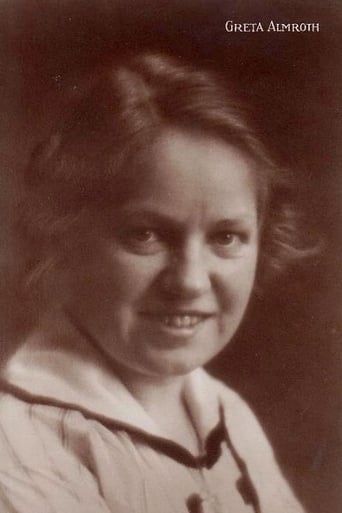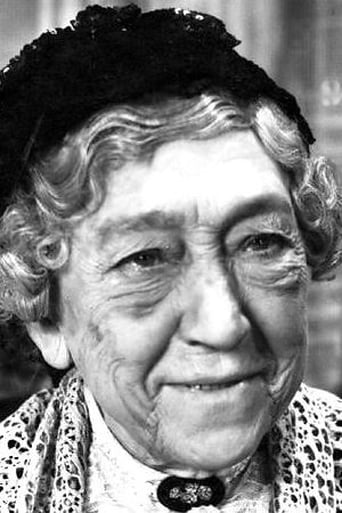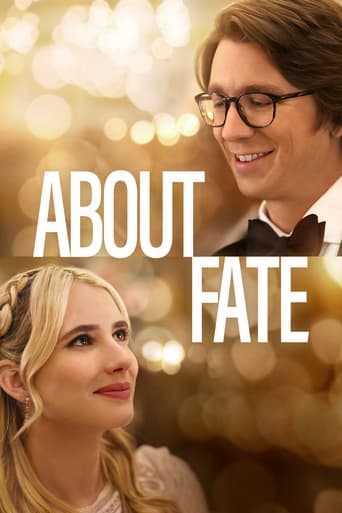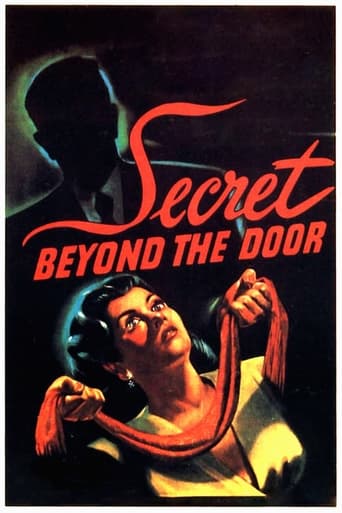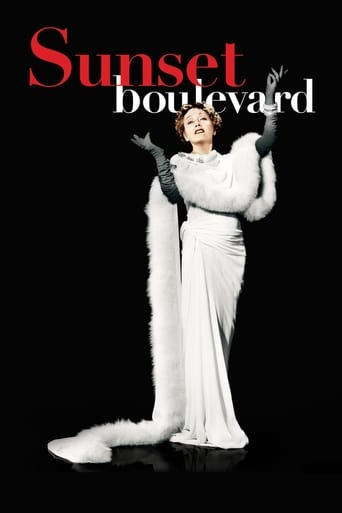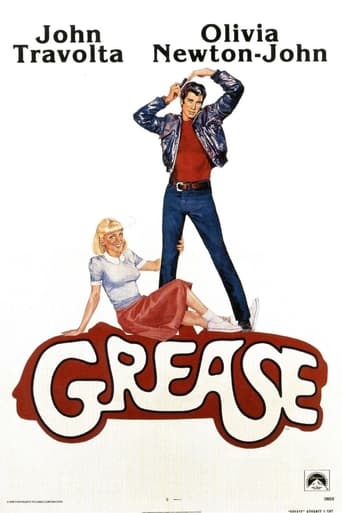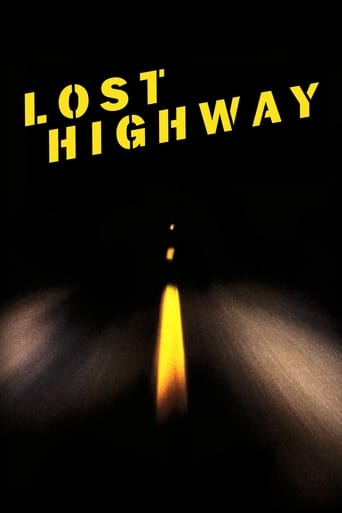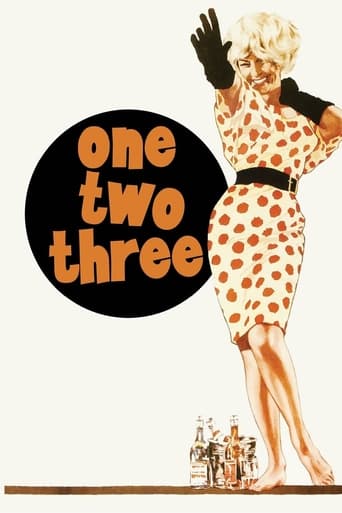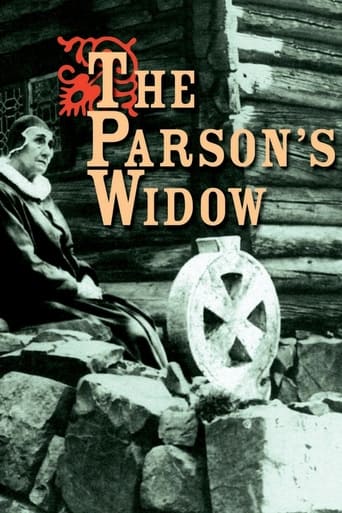
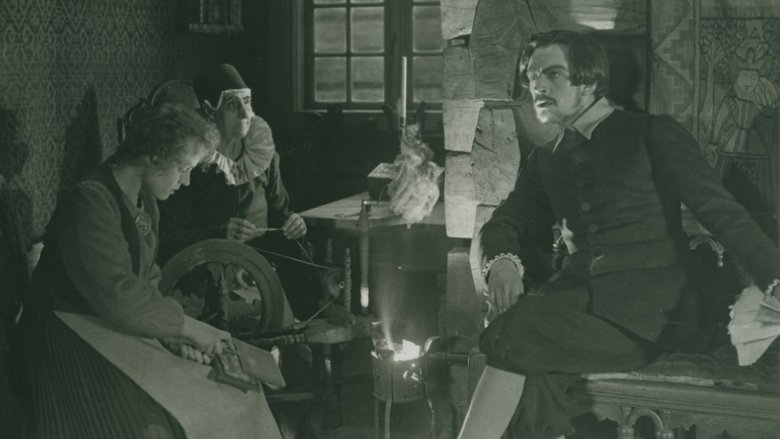
The Parson's Widow (1920)
A young man is elected by a small village to be its parson. As part of his duties, he is required to marry the widow of the parson before him. This poses two problems--first, the widow is old enough to be his grandmother, and second, he is already engaged to another woman.
Watch Trailer
Cast


Similar titles
Reviews
Highly Overrated But Still Good
As somebody who had not heard any of this before, it became a curious phenomenon to sit and watch a film and slowly have the realities begin to click into place.
A lot of perfectly good film show their cards early, establish a unique premise and let the audience explore a topic at a leisurely pace, without much in terms of surprise. this film is not one of those films.
After playing with our expectations, this turns out to be a very different sort of film.
In some ways it's not hard to see that this is a film of Carl Theodor Dreyer. After all, religion is front and center in many of his pictures as well as his discussing the hypocrisy within it. But, on the other, the film is a comedy of sorts....and comedy and Dreyer are not usually associated with each other. Don't worry...the comedy is very dry and subdued so it still has the Dreyer touch...don't expect a Keystone comedy here!When the film begins, three young men out of seminary are being tested out to see which one will be the new minister in a small town. Sofren is thrilled when he is selected, as now he and his fiancé will be able to get married...right? Well, no. The appointment has a bizarre clause...one so strange that the story never really made any sense. As a pre-condition, the young man was required to marry the old minister's wife. Odd...but even more ridiculous when she appears to be 4 or 5 decades older than the young man! Yet, he is ambitious and a bit scheming and so he marries her and plans on keeping his fiancé on the side...telling his elderly bride that she is his sister. The bottom line is that apparently the Danes thought this sort of odd situation comedy was great stuff back in the day. Now, it just seems a bit, well, stupid. Well made...very well made...but stupid.
I do not know if Dreyer's first feature, "The President" was a big hit, to speculate if he had strong doubts about what his next films would be. In any case, it did not take long before he started shooting again, for the next year he released "Leaves Out of the Book of Satan" and next "The Parson's Widow", a production made and financed in Sweden. The story tells how a young man, when selected as the new parson of a community, marries his predecessor's old widow (who claims her right to do so), but brings along his own fiancée to live with them, making her pass as his sister. There is opportunism on both the parson's and the widow's sides, but this being a comedy these matters are treated lightly, as are eluded reflections on the options we may have in old age or youth, when facing the possibility of losing everything, as in the widow's case, or the shaping of a career and a happy life, in the young man's. Yet this is a strange comedy, for melancholy is always present, mainly reflected on the old but still beautiful and dignified face of actress Hildur Carlberg; and if it is true that Dreyer was not intent on making an ethnographic treatise, one of the most interesting aspects of his film is the portrait of rural settings, customs and rites, as religious sermons, feasts, weddings and funerals. If you ask me I prefer "The President" to this film, but it was a firm step in the filmography of the creator of "The Passion of Jeanne d'Arc", "Vampyr" and "Ordet".
Hildur Carlberg, the skilled septuagenarian actress who plays Dame Margarete, died in August, 1920, two months before this film opened-- a heartbreaking irony, in part because the plot involves her youthful husband marrying her only to await her death.The film has marvelous comic moments, capitalizing on the fact that medieval European peasants suffered from backbreaking work, a total absence of education, and a desperate need for dentists. The scene when a couple of clerics (the losers) compete for the job of parson by delivering sermons in which they inadvertently skewer their own backwardness is priceless, especially as they are speaking to a congregation of bedraggled and toothless locals who were mostly in church to nap. And the scene where an old lady hocks something out of her nose before returning to her needlepoint-- fabulous.Dreyer, a committed naturalist who didn't even approve of make-up on his performers, shot this film on location at Maihaugen, Norway, in an open-air museum of 200 medieval buildings. Even the interiors are authentic. Every frame shows it. Watch particularly for a folk wall hanging in Dame Margarete's home. This is another silent gem from the director of The Passion of Joan of Arc.
Prästänkan (literal translation of title: The Parson's Widow). The Parson's Widow is significant for two reasons It is one of the very few national romantic films, and it's one of the very first films to make extensive use of locations. National romanticism was a 19th century movement that glorified pure hearted, independent farmers (as opposed to the aristocrats) and looked to the hinterlands as a source of pure culture and moral inspiration. It was particularly influential in Norway, the film's location. As The Parson's Widow begins, Søfren, a divinity student, is offered a position in a rural parish¬ provided he marries the parson's elderly widow. He accepts, despite his betrothal to Mari, whom he passes off as his sister. This theme could exist only in a land where poverty and hunger were facts of life. Modern audiences may find The Parson's Widow overly moralistic and sentimental. It has a 19th century feel owing more to romantics like Bjørnstjerne Bjørnson than to more modern novelists like Knut Hamsun, who won the Nobel prize for literature in 1920, the year the film was made. At that point, national romanticism was on its way out. The story has a few supernatural overtones, but this is no horror film. In The Parson's Widow, the fantastic elements originate from folk beliefs and function primarily as cultural references. Set in an indefinite past, The Parson's Widow makes extensive use of locations at a time when few filmmakers ventured beyond studio doors. It idealizes rural life in a way that anticipates Robert Flaherty's Man of Aran. And, like Flaherty's film, The Parson's Widow meticulously recreates practices that were rapidly disappearing. The opening scenes were shot at Garmo stavkirke (stave church) in Maihaugen the open air museum in Lillehammer, Norway. The farmstead scenes are probably shot at the same place, and the older extras would have been the last generation to learn the crafts they demonstrate as part of daily life. People today will view The Parson's Widow primarily because it is an early film of director Carl Theodore Dreyer. But this is no beginner's work. Beautiful composition, expressive lighting, and obsessive attention to detail are signature marks of the director who gave us The Passion of Joan of Arc and Vampyr. The Parson's Widow stands as a minor masterpiece in its own right, but the romanticism is unlikely to resonate with today's audiences.



